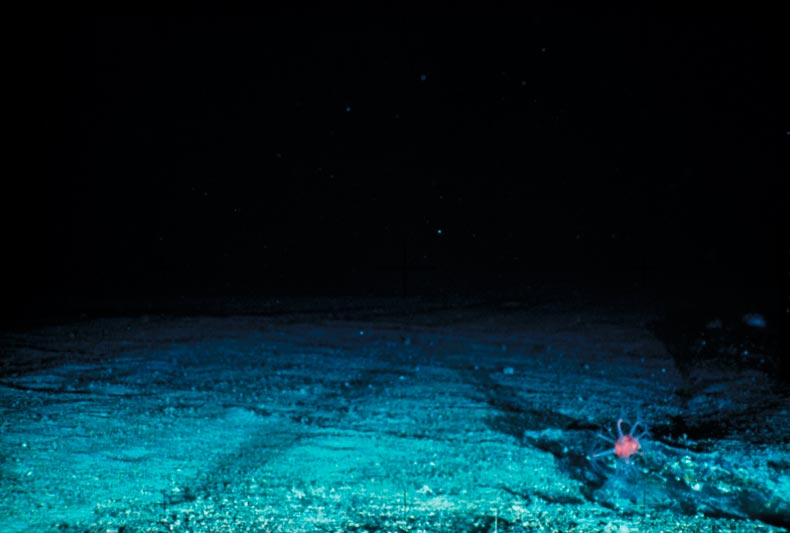
New Zealand is fast developing a reputation as a South Pacific vandal, says Greenpeace, as the government continues to fight against increased ocean protection.
At the upcoming meeting of the South Pacific Regional Fisheries Management Organisation (SPRFMO), starting on January 26, the New Zealand delegation looks set to stand alone in arguing for minimal protection of seamounts, which are important biodiversity hotspots.
New Zealand will also argue to increase orange roughy catch, a slow-growing fish species caught through bottom trawling.
The New Zealand delegation, as per their submissions ahead of the meeting, will argue that bottom trawl fishing should be allowed to continue as-is, even though it’s known to destroy deep-sea corals and other vulnerable marine life.
Other nations at the meeting, including Australia, will be pushing for tightened rules to prevent some of the damage from bottom trawling, and are also backing a review of bottom trawling rules in 2022.
In contrast, New Zealand has made one conservation proposal, to ban bottom trawling in areas deeper than 1,400m. In reality, trawlers do not fish below 1,250m, so this rule would do nothing to stop bottom trawling damage.
Greenpeace has described this proposal as “meaningless greenwash.”
In the last year, New Zealand was the only country to bottom trawl in the South Pacific, and that’s despite an NZ owned ship being accused of bottom trawling in a protected area in the region.








